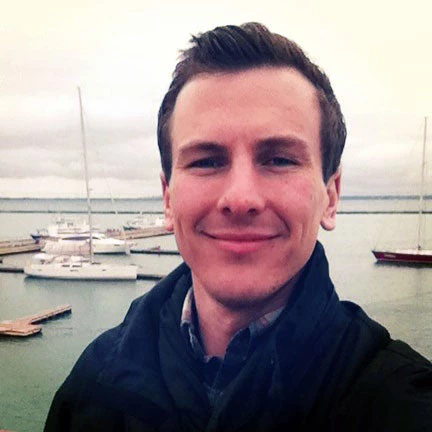I learned many things last Tuesday. A young gentleman proudly told me of a youth-led initiative in Cameroon supporting government reforms by leading regulatory trainings for public healthcare providers. A young woman shared with me her desire to learn how to analyze the budget data her government recently made available. And another gentleman currently working at an NGO in India shared with me how social media has revolutionized the way local governments are responding and enhancing their service delivery.
These are all stories from last week’s World Bank Group’s Youth Summit 2014: The Need for Open and Responsive Governments. Over 300 young leaders from government, academia, civil society and the international community convened to hear speakers, engage with peers and learn new tools to support their work in promoting open governments. Hundreds more participated through our livestream broadcast and in World Bank offices from Tbilisi, Georgia to San Salvador, El Salvador.
I had the distinct pleasure to chair this year’s conference and moderate the first session with Erion Veliaj, minister of social welfare and youth in Albania. He energized the audience by sharing part of his story, the motivations and challenges of entering Albanian politics, and how it’s in the best interest of governments to be more transparent as it’s the people who hold the voting power.
As we know, perceptions of corruption and bad management have resulted in a lack of trust in governments. According to the Edelman Trust Barometer, only 16% of respondents to a recent survey felt their government had transparent and open practices. However, governments are beginning to understand the relationship between trust and open government policies. Some 61% of OECD countries report that regaining trust is one of the main objectives when investing in openness and citizen engagement. And with evidence suggesting that trust is also one of the top determinants for sustainable economic growth, there is a clear link between promoting open and responsive governments and our twin goals of eliminating poverty and boosting shared prosperity. In other words, my key takeaway from the Summit was: encouragement.
We heard from distinguished panelists: UN Envoy for Youth Ahmad Alhendawi; World Bank Civil Society Advisory Edith Jibunoh; CEO of Plan International Nigel Chapman; and Frank Vogl, co-founder of Transparency International. The conversation, moderated by World Bank Senior Director Mario Marcel, could have continued for many more hours, with a captivated audience listening to how youth are impacting government decision-making and engaging in meaningful dialogue with government leaders in promoting mechanisms to strengthen collaboration and inclusive policymaking.

The third plenary session brought together young changemakers: Santosh Acharya, youth activist from Restless Development; Sara Moore, youth advisor from Plan International; Raphael Obonyo, from the Youth Congress of Kenya; and Mur Laiq, social media chief content officer in the Indian National Congress Party. Their stories led to a spirited discussion of how youth are impacting both federal and local governments. The main message was one of endurance: that young leaders need to take on governments with continued campaigns, movements, social networks and make their collective voices heard.
The Summit was meant to consider the crucial questions of just how youth can most effectively engage in the public governance space to strengthen mechanisms of transparency and accountability – and the tools which accompany that. We hosted eight different afternoon workshops with topics ranging from how to create an advocacy campaign to how to utilize e-governance tools and methods for measuring transparency within a youth-led monitoring and accountability framework. Here I watched as young leaders engaged with each other, brainstormed and collaborated – it was great to witness!
The summit ended with encouraging words from World Bank Group President Jim Yong Kim. He said governments are only enhanced with deeper and more meaningful engagement of young people in governance. He electrified the crowd, at the end of a long day, sharing how he himself transitioned from protesting against the World Bank to leading it, and how young people need to bring their energy from the streets and into the institutions.
So where do we go from here? Now that our Summit has ended, the REAL work begins. Our Collaboration for Development platform – a virtual space to connect individuals and institutions working to promote youth development outcomes by connecting them with peers and partners around the around – only works with critical mass. I also invite you all to join our recently launched Youth Action for Governance crowd map, a real-time geospatial visualization of ongoing projects youth are working on related to open governments. Here you can see just where youth are making an impact.
As the Youth Summit becomes an annual conference, I encourage you to not only join the conversation, but continue to move the agenda forward toward action-oriented solutions for youth.


Join the Conversation